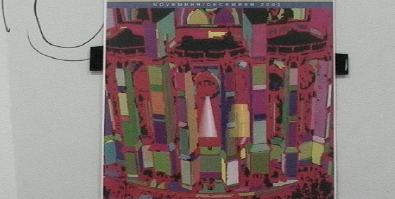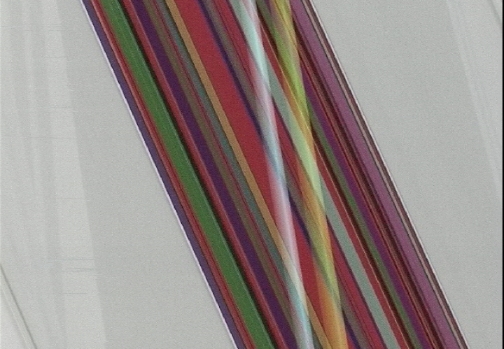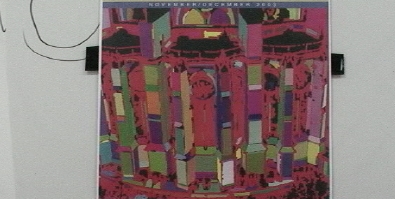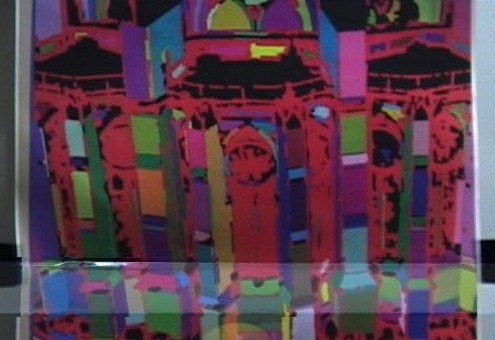 |
Reflection and Transparency Separation Method using EPI analysis |
|
The aim of research is to remove reflection from images taken indoors. For example, when taking a photograph
of a painting inside a picture frame ,it is desireble to seperate the glass from the picture behind the glass. A space-time image(EPI image) is generated by taking one epipolar line over the whole imagesequence. See image below in this work,the camera is translated horizontally, so the epipolar line is an image row. All pixels on the epipolar line that belong to the image behind glass will produce the same type of track in the EPI image. Any pixelsthat are due to reflection will produce a track at a different angle, depending upon the apparant distance to the reflected object. By looking at the color of inconsistant tracks, the reflection can be removed. Here is an example.
Publications
|
| Kawasaki Laboratory |





